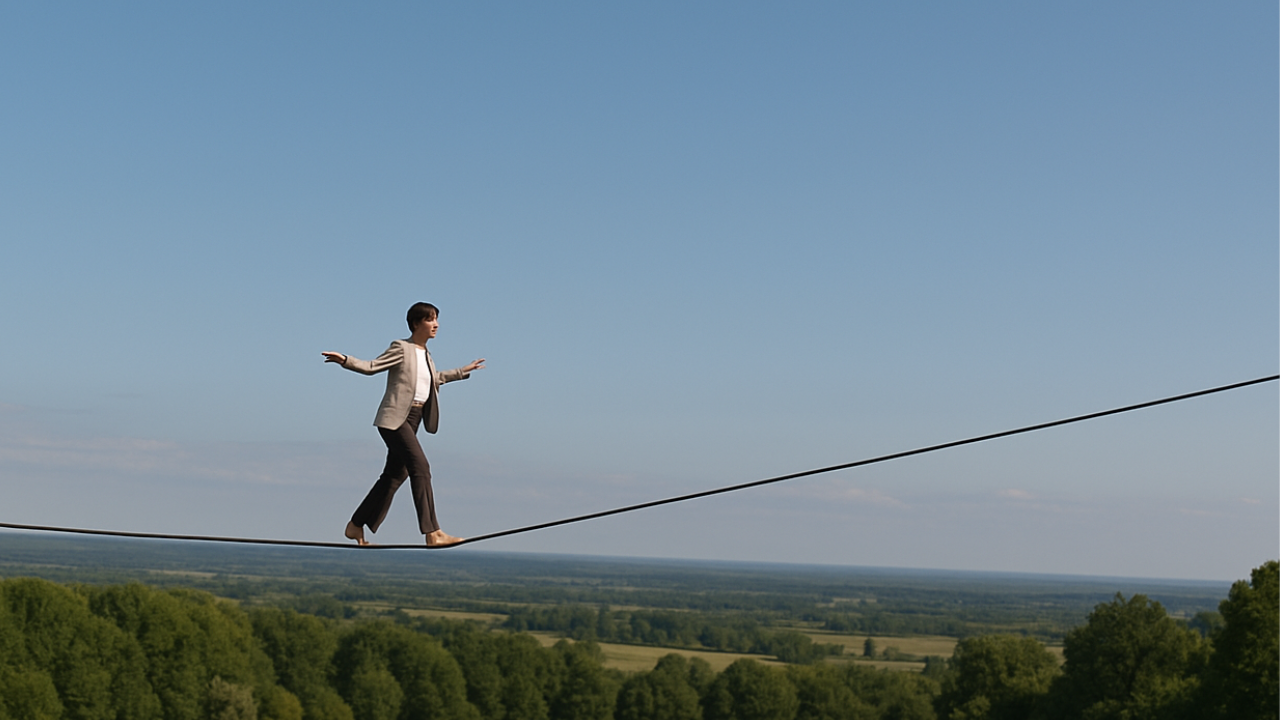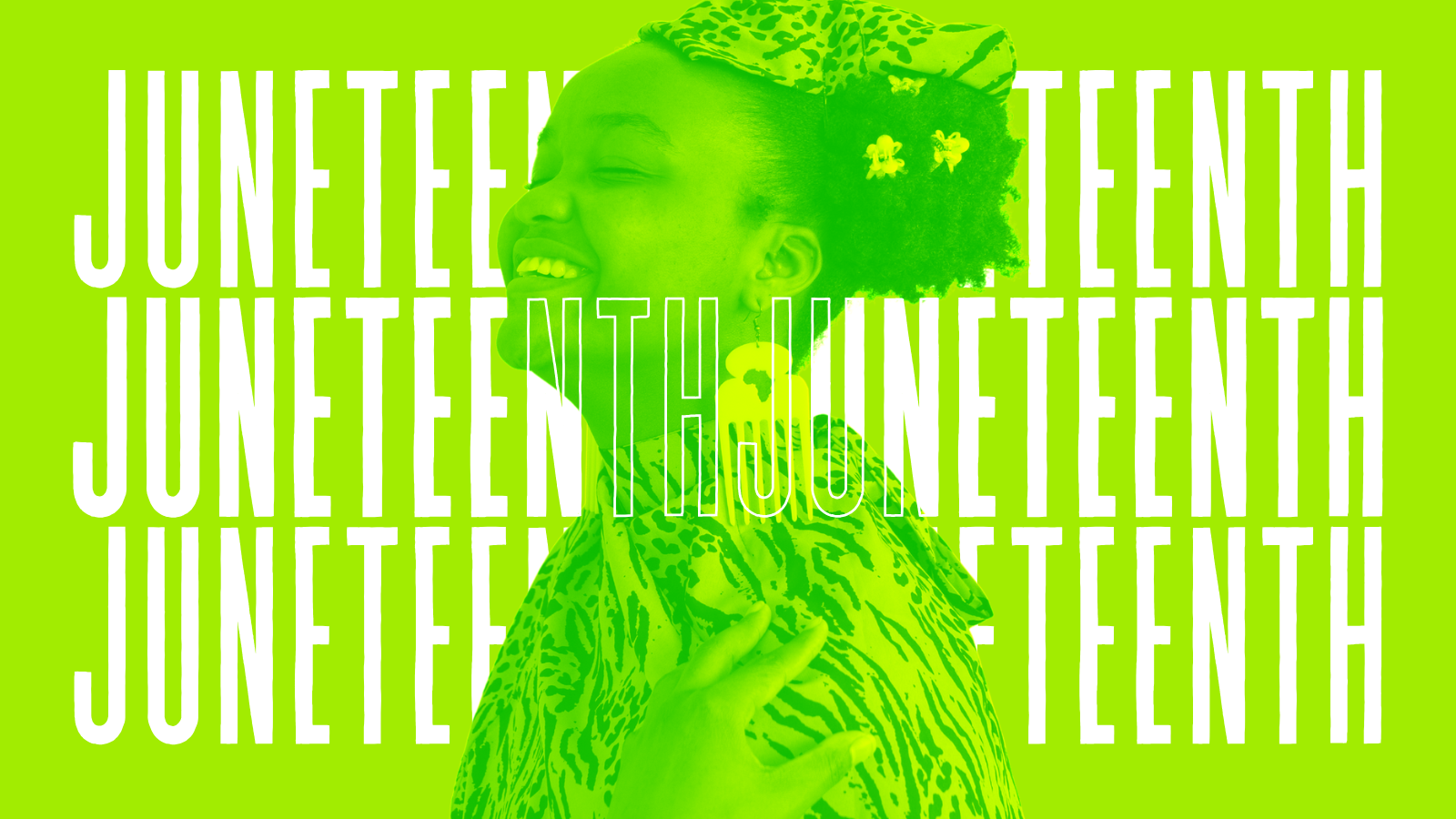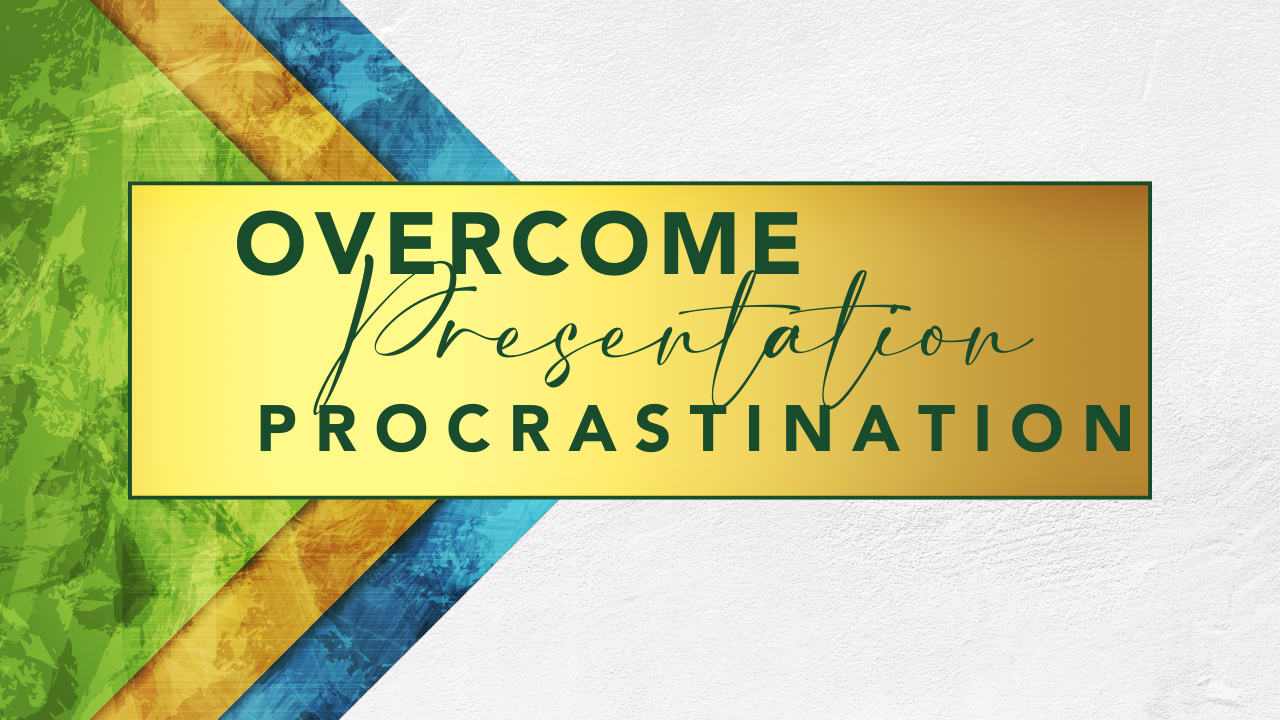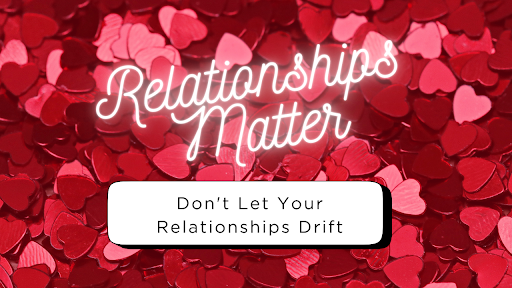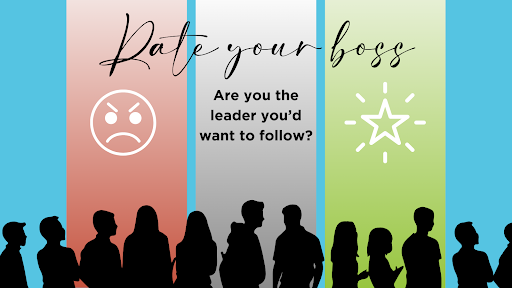What a week!
It’s has been filled with celebration and challenge, success and fear, introspection and self-expression.
In the past seven days, I’ve watched several clients and peers soar to new heights. From the outside looking in, it appears so easy and effortless. But I know that the reality is that it takes a great deal of courage and effort to develop yourself and to create new opportunities.
I also know that giving yourself permission is the first step. You have to make the decision to invest in yourself, no matter how scared you are, no matter how much self-doubt you have, and no matter what other people might think. Logically this seems obvious. Emotionally it’s a huge leap of faith.
Leap frog to the next level
Congratulations go to my client and friend, Rowena Ortiz-Walters who just became the ninth Hispanic-American dean of US business schools. She accepted the position as Dean of SUNY Plattsburgh’s School of Business and Economics in Upstate New York. She is leaving her post as Quinnipiac University Chair of Management. She did a leap frog move to an exciting new leadership position, bypassing the assistant dean position and moving straight into a dean post. I am confident that she will make a truly awesome Dean.
I was honored to serve as her executive career coach to help prepare her to land this new opportunity. And while I take pride in her success, I don’t take credit for it. This is her win. She worked hard for it.
Over our celebratory lunch last week, she filled me in on the details of the final interview, the offer, the acceptance, the reaction of her peers and mentor, and the support of her family.
Perhaps what strikes me most about Rowena’s latest success is her willingness to invest in herself and her future.She believes in herself and her potential. She always came prepared to our coaching sessions. She did the follow up work on time, every time. She was willing to “risk failure,” not knowing for sure if she would secure this new position. She committed to the work, no matter how uncomfortable it might be at times.
When I asked her for feedback on the coaching experience with me, she told me that it was confidence boosting. It helped her learn more about who she was as a leader. She learned how to “put the package together,” and to fully embody herself in the interview process. Then Rowena shared a surprising observation with me. She commented, “I’ve watched you invest in yourself over the years.”
Plan to invest in yourself every year
I shared with Rowena that every year I plan to make at least two investments in my own personal and professional development. Sometimes it takes the form of attending a professional conference, or working with a coach, or even taking singing lessons. I set aside money for such investments. I don’t rely on someone else (like my boss or husband) to fund it for me. After all, it’s my career…my business…and my life.
Of course I want a good return on my investment in myself, so I carefully plan and evaluate my options and opportunities. I’m careful not to buy on impulse. Early bird specials don’t lure me in. I don’t have to buy just because someone calls or emails me out of the blue with an irresistible offer with guaranteed results to grow my business. Remember, spending is different from investing.
I’ve been watching this one for a while
Some years back, my friend Marge Piccini had attended a conference for her own professional development. When she returned, she shared with me some of the resources and knowledge that she had received.
he introduced me to the work of Arthur Samuel Joseph, founder of the Vocal Awareness Institute. Marge loaned me Arthur’s three-CD audio program, Voice of a Leader. I was mesmerized by his voice, his philosophy, his client list, his mastery with words, his insights, and his persona. I have listened to this program at least 5 times, and I have read and gifted many copies of his other books, Vocal Leadership, and Vocal Power. His Work is simply masterful.
Read Arthur’s
ten tips to enhance your vocal leadership – Huffington Post
When the opportunity arose to do a 3-hour private coaching session with Arthur in New York City, I decided to go for it. This is one of the investment that I had been thinking about for the past three years. Now was the perfect time to exercise my options. So I bought a round trip bus ticket to New York City and went to The Big Apple last Friday for the coaching session with Arthur. This time, I would be the student. And I wanted to be the perfect student. After all, I had been studying his work for some time.
It was intense.
I was excited and terrified all at the same time. It was much easier to understand the vocal awareness method intellectually. It’s a whole other thing experiencing it first hand. Three hours with Arthur flew by, and I learned a great deal about myself and the Work ahead.
Sometimes learning new things means you have to unlearn old things
As a result of his coaching, I became aware of some of the habits that I needed to change. I noticed how my shallow breathing made me run out of air while talking and kept my volume soft. I noticed myself giggling frequently and looking away or closing my eyes during the awkward moments. Arthur gave me feedback on a vocal pattern that I have developed (and that I’ve come to enjoy by the way) of being dramatic in how I phrase things, rather than speaking in a more natural, conversational tone. He encouraged me not to feel pressure to be in “presentation mode” but rather to just be my Self.
Don’t expect perfection
Arthur used a lot of dance and performance metaphors. I had flash backs to when I was in my early thirties taking ballet classes as an adult. I remember the horror that I felt when I saw myself in the mirror trying to do “glissade assemblé.” Unlike the young graceful dancer in this YouTube video, I looked more like a frog leaping for its life. It was so awful that I quit taking ballet lessons shortly thereafter. Isn’t that a sad ending? How unfortunate that I would give up just because I couldn’t do something perfectly the first few times!
Stick with the investment
Then I remembered an important lesson in investing: Stick with it. Just because you are afraid or there is a momentary fluctuation in market performance doesn’t mean you should pull out. You have to understand your “risk tolerance.” Clearly in the ballet class, I had zero risk tolerance and fled at the slightest dip in the market (aka my confidence and ego)
Now, I face the same scenario, only I’m older and wiser. And I also have access to more excuses, like I’m older and wiser. “Excuses are what we use to abdicate responsibilities for our lives, says Arthur Samuel Joseph. (page 38, Vocal Power)
I’ve made the first investment in vocal awareness. Now, am I willing to continue to stick with that investment and see it grow to fruition? Am I willing to risk failure in order to succeed? Do I have the commitment to stick with it through the awkward beginner phrase until I can reach a level of proficiency and eventually mastery?
We’re in this for the long haul
Perhaps we should look at investing in our professional development just as Warren Buffett views investing in the stock market.
When deciding to invest in your career, you have to take the long view. Personal and professional development is not sold on the shelf. It cannot be bought or traded. It is not about instant gratification and immediate reward. It’s work. It’s The Work.
What’s the difference between being a perfectionist and striving for excellence?
As Arthur explained to me in New York City, “the goal is not perfection, but rather excellence.” The focus is not winning, but quality. It’s all about conscious awareness and noticing the subtleties of your work. Vocal Awareness method teaches us a process for creating excellence by working through the medium of voice.
Voice is power
To quote Arthur: “Voice is power. Voice is identity – how we represent ourselves to the world. Having a confident, commanding voice and personality can make the difference between being heard and being ignored.”
I believe that’s worth investing in. What do you think?



